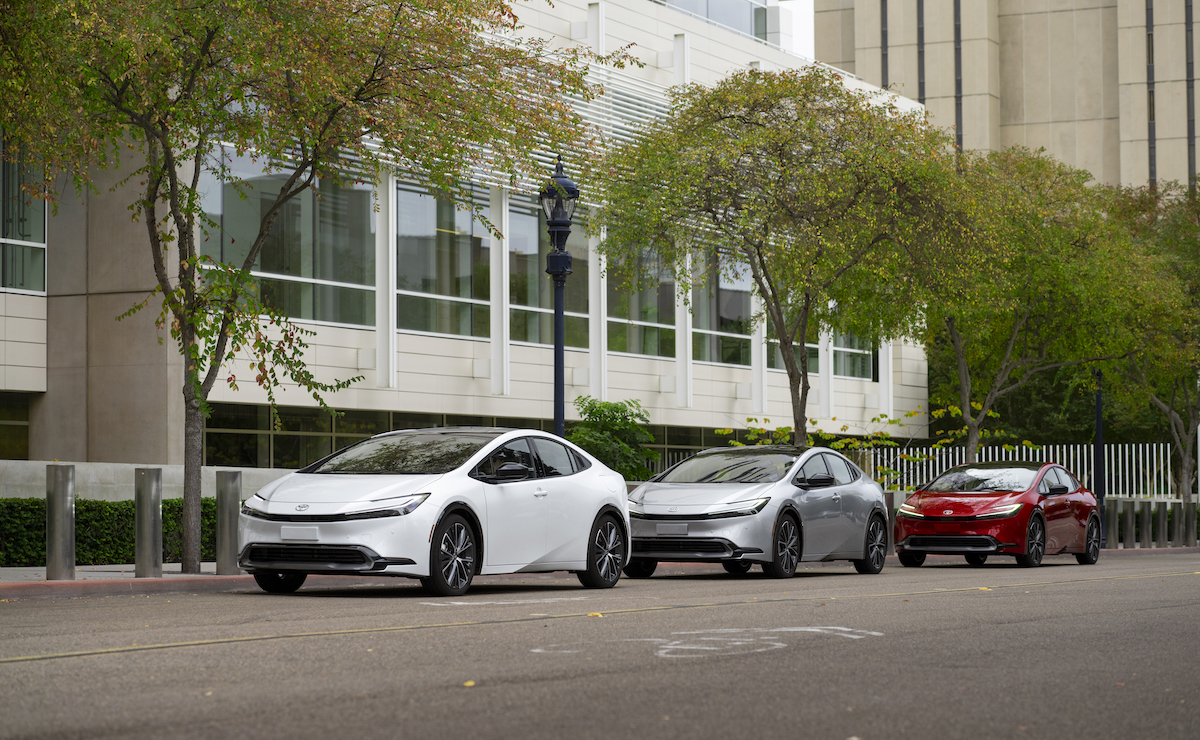When it comes to hybrids, we usually first think of Japanese cars. European and US carmakers have yet to fully commit to developing hybrid techs, especially the devotion to developing diesel cars in the last 2-3 decades crippled their hybrid tech development and subsequent model launches. To some extent, net-zero regulations saved European and US carmakers from their disadvantage to Japanese hybrid techs. On the other hand, Tesla was supposed to lead European and US carmakers in developing BEVs, yet major brands couldn’t let go of their existing ICE profit models. As a result, Chinese self-owned brands took advantage of this situation and put Western carmakers into a dilemma with superior triad (battery, electric control, motor) technology and healthy supply chains. Even though Japanese automakers are slow in electrification, their hybrid and FCEV battery technologies are still on top of their game, allowing them more time to invest in EVs. On the contrary, Western carmakers’ pride and joy, ICE technologies, will eventually become obsolete and bring an uncertain future.

It’s been 25 years since the hybrid’s most iconic model Toyota Prius launched at the end of the last century. During the past twenty years or so, while vehicle emission regulations were getting stricter, hybrids became the best solution with regulatory compliance and performance well in both power output & driving range. Interestingly, Toyota’s hybrid techs are still at the top of their game, while even German automakers can’t successfully develop a hybrid model at the same level. We can even say that Toyota beat VAG with hybrid technologies, sitting comfortably at the global sales throne in the past few years. However, with the worldwide consensus on zero-emission for vehicles, 2035 becomes the timing for banning ICE car sales (some countries even pulled ahead their timeline). Despite Japan and some other developed countries’ permission for hybrid car sales after 2035, most major markets have only twelve years left for the sale of ICE cars, including hybrids.
Although hybrids’ golden market era lasted for only thirty years, it brought much inspiration to the auto industry, which, in turn, developed multifaceted hybrid technologies… As hybridization between the Internal combustion engine and the electric motor varies, there are micro, mild, medium, and plug-in hybrids. According to the drivetrain design, we can also categorize hybrids as serial, parallel, and mix types. Different from PHEVs and BEVs, hybrids are independent of charging posts, eliminating the problems of waiting time for charging and charging stations coverage. Despite all these advantages, hybrids’ temporary mission is finally coming to an end when facing net-zero challenges. However, hybrids will not vanish entirely. The Japanese government will fully support its auto industry to embrace its existing technology advantage, demonstrating hybrids’ benefit of environmental protection and commercial value in the Japanese market and global regions where power grids aren’t well-established for EVs application.